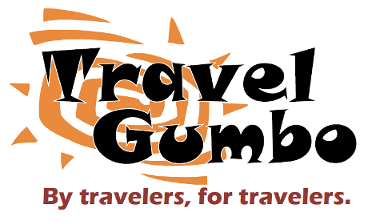If your vision of the Rhine resembles those Viking River Cruise commercials showing the gleaming white boat sailing through a deep green canyon it may come as a surprise to realize that quite a bit of the river passes through nearly flat lowlands and supports more industry than picturesque castles.
As a teenager, I lived near the Rhine, but experienced almost only that picturesque section, the middle Rhine. So my first day or so on a river cruise last spring from Amsterdam to Basel was a bit of a surprise.
For a start, the long stretches from Rotterdam and other points on the Dutch coast aren't even called "the Rhine" when you're on them. It shares a delta with the Meuse and Scheldt rivers, and its own course, much modified in the 19th century to provide stable navigation, is divided into the Nedrrijn, Ijssel and the Waal. My images in this blog begin along the Waal.
Because of even earlier changes made by the Dutch to drain land for farming and to keep out the sea, there are even more rivers in the Netherlands that carry versions of the Rhine brand name, even though they no longer carry any Rhine water!
As you'll probably have noticed from some of the pictures above, the lower Rhine carries more than a lot of water; it's a major freight route between the North Sea and the interior of Europe, and it's lined much of the way with industry. Among the major cities along the lower river are such industrial giants as Rotterdam, Düsseldorf, Duisport and Cologne.
But for all the busy business along its banks, the river is also a key recreation spot for its towns, although you have to wonder at points how much of it could be clean enough for the purpose—but I have to hold back my skepticism since I learned that the Ruhr, formerly Europe's most-polluted river, is now clean enough to be a drinking-water source.
Of course, it's not all major industrial cities and plants along the way; there are also older towns and cities with interesting buildings and shorelines. These images are of Gorinchem in the Netherlands. Once a walled city, it spent six centuries being handed back and forth among neighboring nobles as well as occasionally being ruled by France. And by Spain, when Spain ruled Holland.
There are a number of windmills still standing along the river, although they are mostly not in service for their original purpose; this one, I was told is inhabited as a farmhouse.
A little further down, I mean up, the river (for some reason, south always seems 'down' to me, even when I know!) we passed by a town where a mill stands seemingly in the middle of the village.
Along the Lower Rhine, the river is wide enough that there are relatively few bridges, and many small ferries. The bridges there are are large and impressive, and carry rail and highway freight, competing with the river for the business.
Although most of the commercial traffic on the river is large barges, either self-powered or pushed by tugboats, there are other types to be seen, and sometimes puzzled over, like the third one below. Not sure whether it was designed for freight, fishing or pleasure!
There's also quite a bit of farmland along the Lower Rhine, and for at least one stretch of quite a few kilometers, it appeared that sheep farming is among the most common. Just a sample of the many flocks, along with the only ones willing to brave the river to wander out onto a piece of wreckage, perhaps part of a roof that snagged on the bank.
For some, the comforts of home along the river don't mean a piece of land; just a comfortable cabin on a freighter with one highly-desirable amenity: a private parking place.
And, a graceful note from a riverside town's dock: "Many thanks for your visit, until we meet again!" I hope to, and perhaps even to spend some time along, not on, the river.

Comments (0)